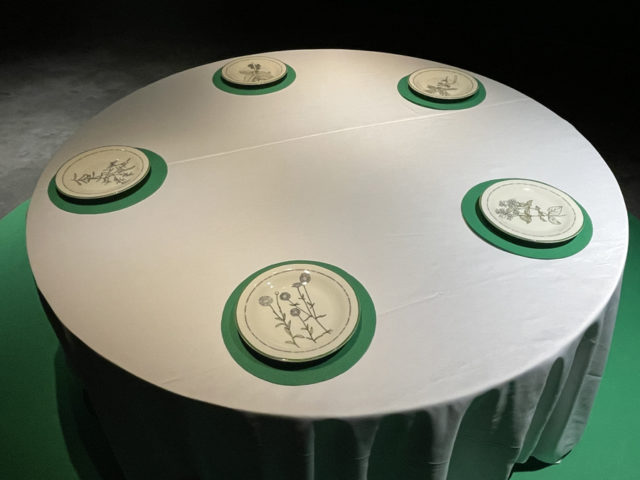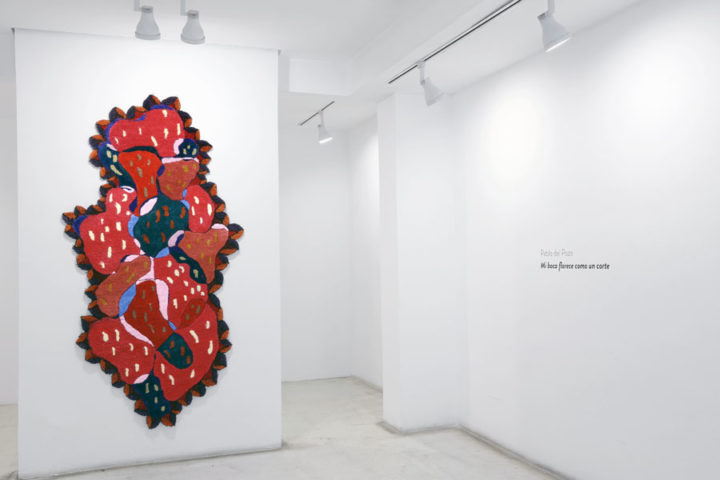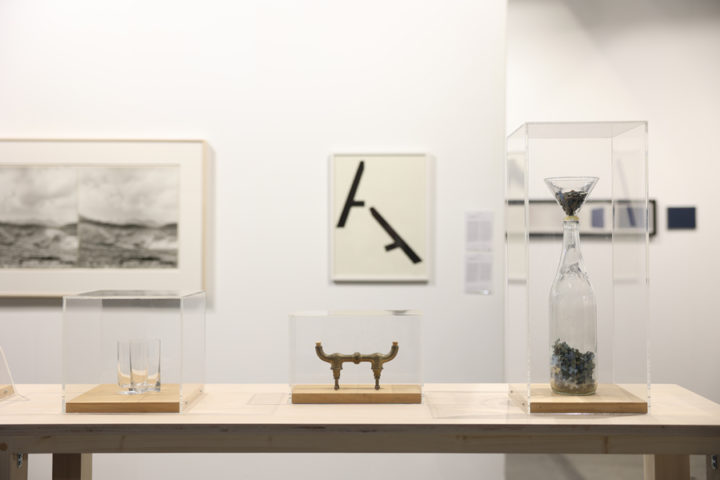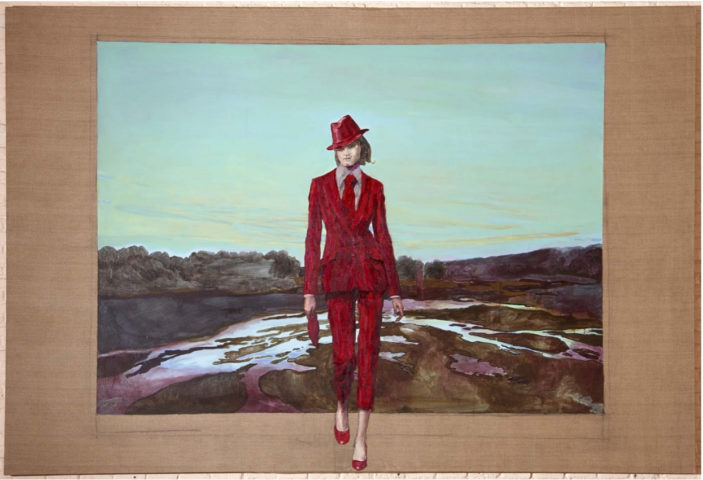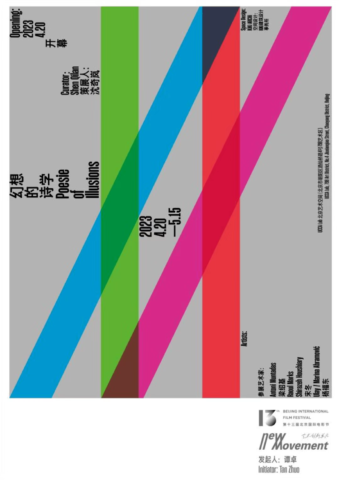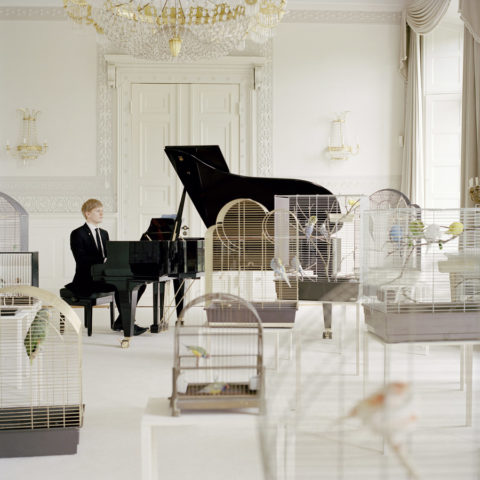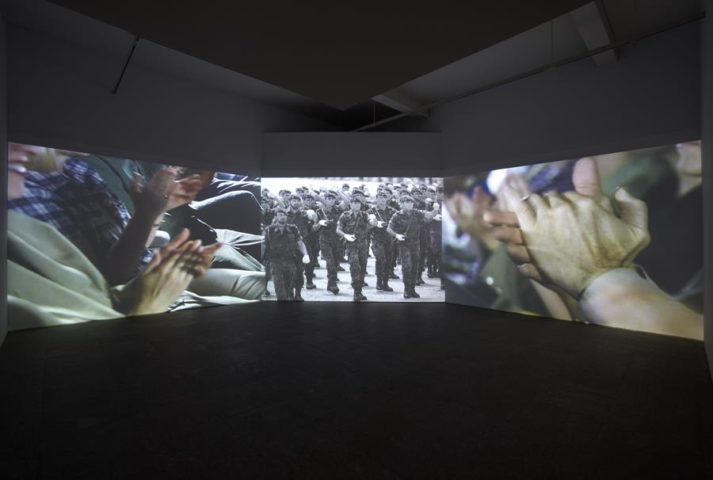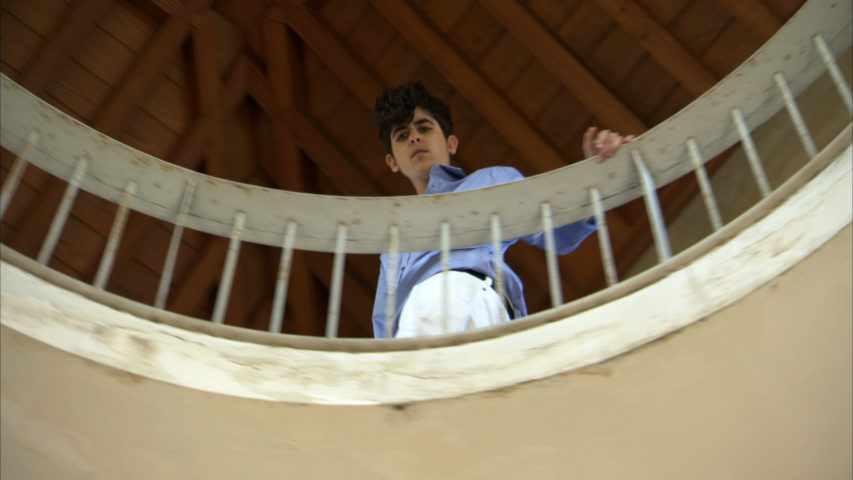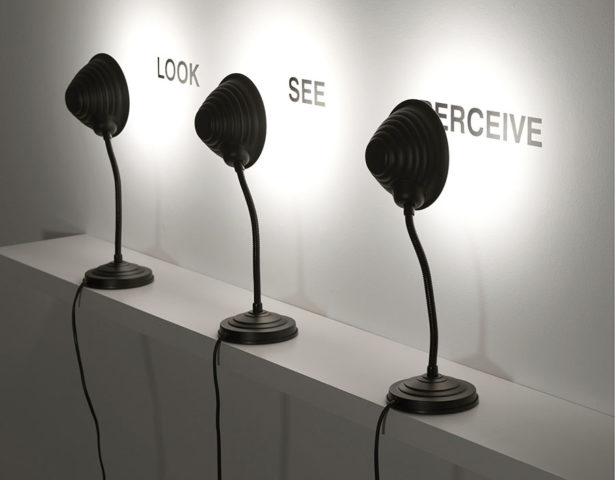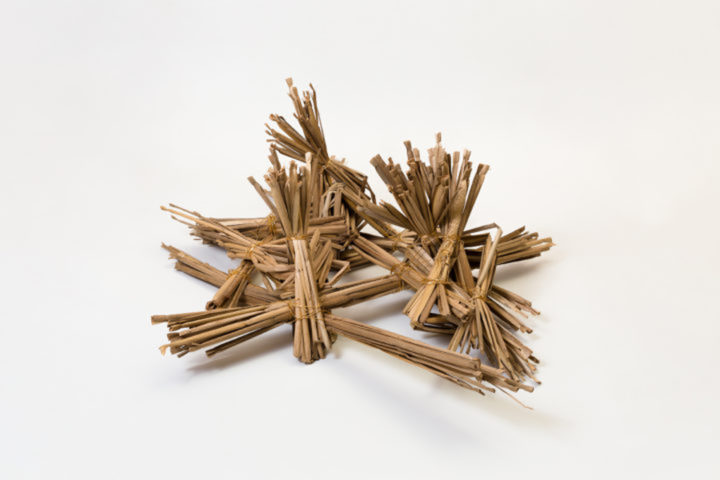Després de la boira, primeres flors
Exposició col·lectiva amb obra de Muntadas
Del 26.04.2023 al 07.01.2024 a Casa Vicens.
Comissariada per Menene Gras
Casa Àsia i Casa Vicens presenten el projecte expositiu Després de la boira, primeres flors. Orient i els orientalismes, del modernisme a la modernitat. Aquesta exposició reuneix obra de 24 artistes espanyols, llatinoamericans i asiàtics contemporanis que aporten la creació personal en la interpretació de la representació floral.
L’exposició es podrà visitar des del 26 d’abril fins al 7 de gener del 2024 a la Casa Vicens, la primera casa d’Antoni Gaudí, on des de la seva concepció estableix un diàleg constant amb el jardí que l’envolta, i on destaca el programa ornamental de temàtica natural a tots els seus espais.
Es tracta d’una exposició única que congrega per primera vegada a Barcelona 24 artistes contemporanis que comparteixen un nexe comú, la temàtica floral, encara que cadascun elabora el seu propi discurs creatiu utilitzant diferents formats i suports, com són el dibuix, la pintura , la fotografia, el vídeo i la instal·lació. Aquest projecte expositiu posa en relació l’orientalisme del modernisme i la mundialització de l’art a dia d’avui.
